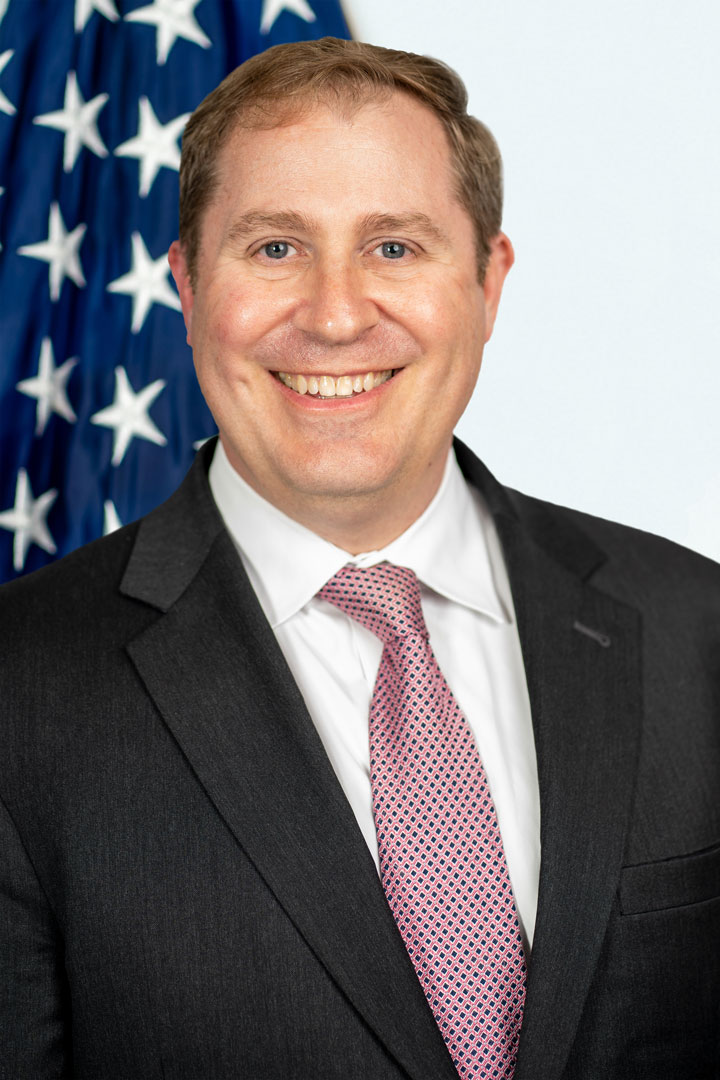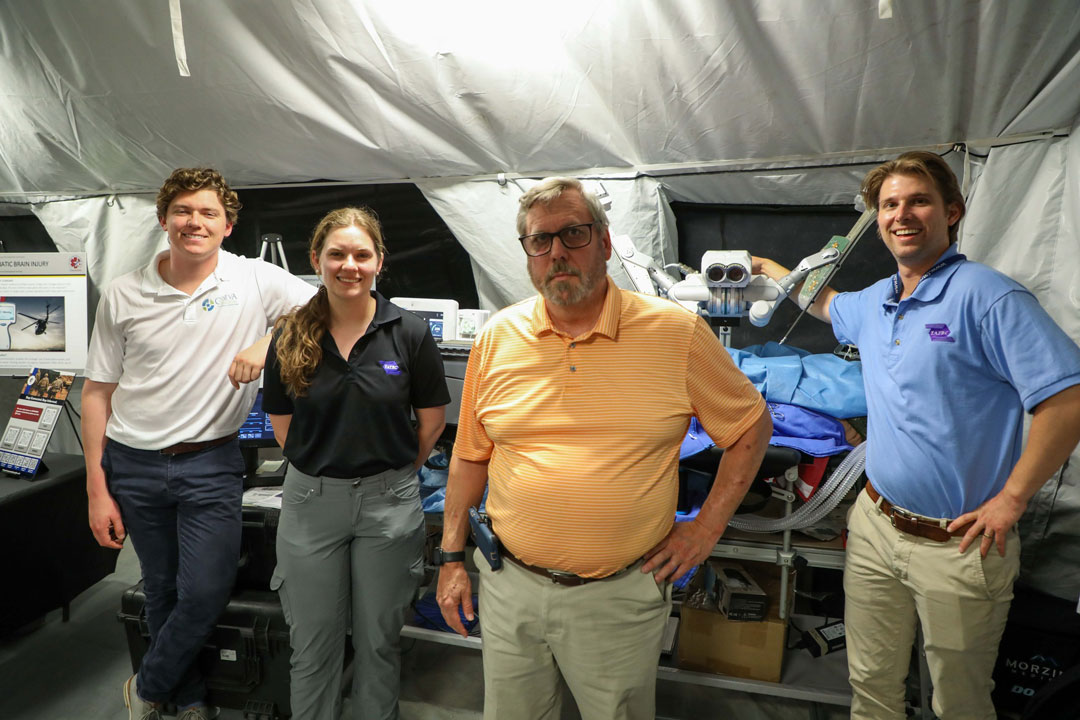From the Desk of the Science Director: TATRC Teamwork
Friday, August 30, 2024 | Download PDF

TATRC has always been a team. Across divisions and across science and staff, people in TATRC go out of their way to assist each other. It’s the culture.
But it really hasn’t been until a couple of “sprints” into our Automating Data Collection in Casualty Care or AutoDoc project, that we were really working as a single, interdependent team.
What does this mean, and how is it different than the past?
AutoDoc, as we’ve covered in past articles, seeks to automate documentation in tactical combat casualty care (TCCC) environments by applying algorithms to the output of multi-modal sensors (like cameras, audio devices, wearables and motion detectors). It is the first project in TATRC’s Automating Casualty Care (AC2) portfolio.
In order to be successful, we need to identify and test a suite of sensors that Medics and patients would wear in casualty care. While TATRC’s MEDRAS team might take the lead on development of one set (or “suite”) of sensors, they rely on the MMSIV team to help them evaluate how well they will work. They also rely on the STIMS team to supplement the “intramural” sensor suite that the MEDRAS team has assembled with the best of what is available from industry, and the MMSIV team test and evaluate those as well.
A key component of the AutoDoc project is using sensor suites to build a data set that describes TCCC. This, like everything else in our project, cannot be done alone. While the MMSIV team is the lead for conducting data collection events at TATRC (in the NEXUS lab) and at other sites, like at MEDCoE in San Antonio, they need STIMS to assist with establishing and amending human subjects research (HSR) protocols and establishing data collection partnerships. STIMS was also instrumental in building a statement of work and using other transaction authority (OTA) to supplement military data collection sites with hyper-realistic private ones (like Ragged Edge, which recently was awarded an OTA to be a TC3 Simulation Ecosystem, which you’ll read about in this edition).
The TATRC Data Science Division is also deeply involved in all aspects of the AutoDoc project. From data collection, interoperability and storage standards, to meta data, to assisting with OTAs for acquisition of algorithms, to priorities and roadmap of functions for AGENT RAPIDS, the MIT Lincoln Lab-hosted cloud-based-infrastructure, the Data Science Division has taken the lead in collaboration with all of the other teams.
 Our people at TATRC go out of their way to assist each other. It’s the culture.
Our people at TATRC go out of their way to assist each other. It’s the culture.
Last but not least, is the integration of the TATRC staff, who are involved in every aspect of the project. From the TATRC Public Affairs Office (PAO), who hosts partners and shares and strategically communicates the critical importance and progress of AutoDoc to others in military medicine and to the world, to the S1 (HR), which has worked hand-in-hand with the science teams to fill contract and civilian positions in support of AutoDoc, to the S3 (Ops), who coordinates and gains approval to conduct a myriad of AutoDoc operations, to the S4 (LOG) who order components, TC3 supplies when and where they’re needed, to the S6 (IT) to ensure that the teams can store and move data to AGENT RAPIDS per our protocols, and finally to our S8 (Resource Management (RM)) who balances budgets and ensures we have funds to execute, along with our AMLO who prepares acquisition packets. I could go on – I’ve barely scratched the surface.
While in the past, one TATRC division might have prototyped a technology and another team might have used it in their project, we’re no longer working as independent divisions on independent projects. Everyone is working together on a combined set of ‘Objectives and Key Results’ (OKRs) and associated project plans. People from across science and staff teams are now working in harmony to anticipate each other’s needs and to plan together. And that is what we will need to succeed in AutoDoc, our AC2 portfolio, and in medical modernization for Multi-Domain Operations (MDO).
This article was published in the August 2024 issue of the TATRC Times.